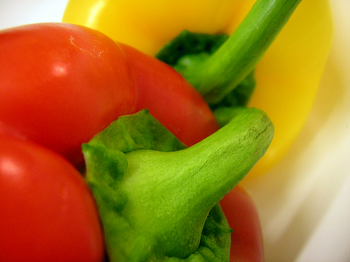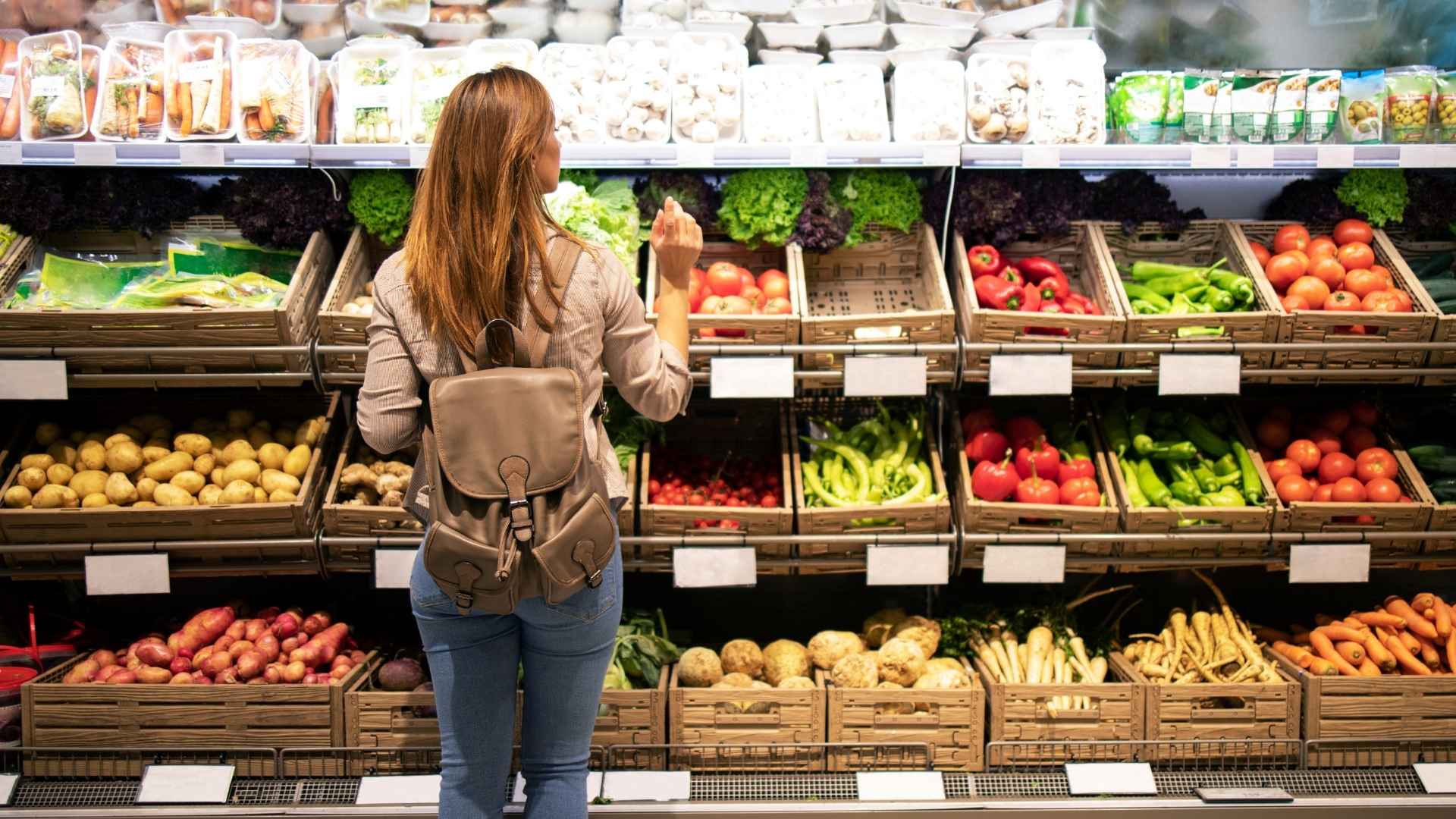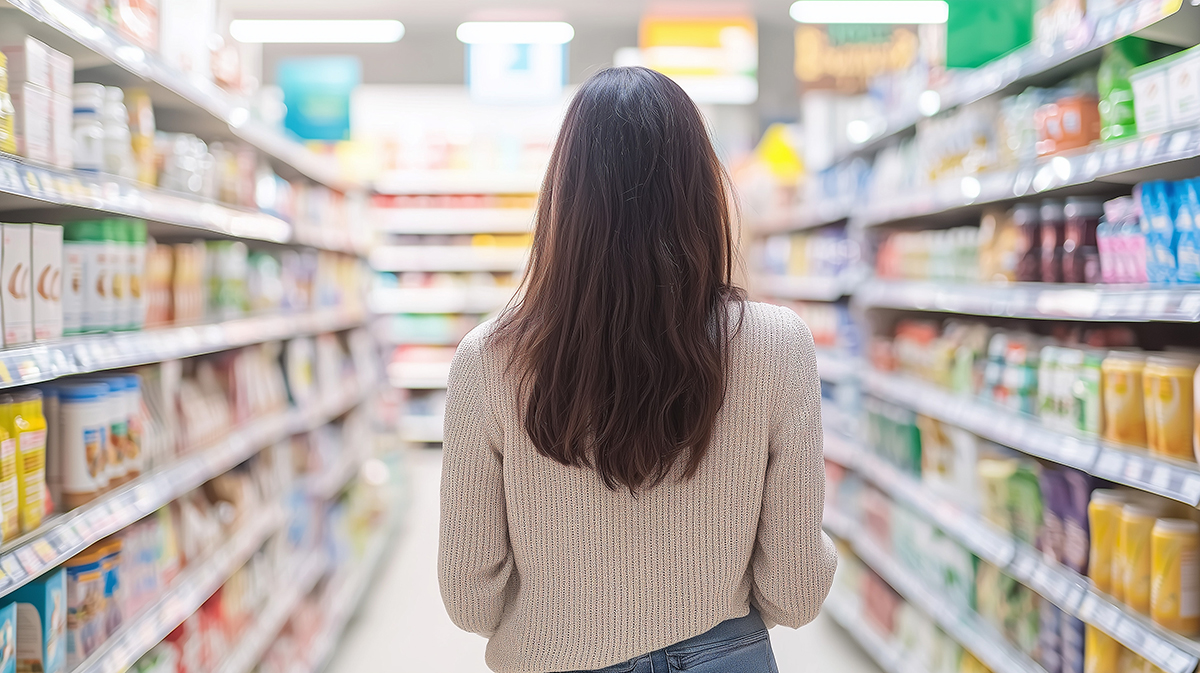By: Rick Stein, Vice President, Fresh Foods, Food Marketing Institute

Have you ever had a bird’s-eye view of how people shop the produce aisle? Do they stick to their shopping list, purchase unplanned items, compare prices? What brings them into the store and helps them make a decision on produce once they are in the section?
FMI’s new annual research, Power of Produce, studies consumer shopping behavior in the produce department. What I found most interesting about the 2015 research, which was conducted by 210 Analytics, in conjunction with the FMI Fresh Executive Council, and released at FMI Connect, is shoppers’ decisions around pre-trip planning, the purchasing decision and where the produce purchase is made.
Pre-Trip Produce Planning
The research found that connecting with shoppers pre-trip is essential for helping build the basket. Seven in 10 shoppers use a list as a reminder for purchasing fruits and vegetables, but they make the ultimate decision in-store. When they list specific fruit and vegetables they are both more likely to actually buy them and they are less price-sensitive when in-store. To plan, more than seven in 10 shoppers report using the paper circular for produce purchases at home and six out of 10 check promotions from different stores. This shows an opportunity for food retailers to better connect with consumers during the pre-trip planning phase with promotions, recipes and dining solutions and also underlines the importance of in-store execution where decisions are made.
Purchasing Produce Decision
The report emphasizes the importance of freshness, quality and price for both fruit and vegetable purchase decisions. Although reading ads at home drives the consumer to the store, it's the appearance of the produce that influences their purchase. Six out of 10 shoppers indicate they purchase items not on the list. Hence, impulse purchasing is high in the produce department. Interestingly, millennials impulse purchase 64 percent of the time, but in addition to impulse buying this group is less influenced by appearance and seasonality, but more interested in preparation time, habit, produce information and recipe ideas. This indicates an opportunity for food retailers to better connect with this growing shopper segment in meaningful ways that help them better their cooking skills.
Another insight the study uncovered was shoppers’ interest in value-added produce, for example pre-cut vegetables. About half of shoppers buy value-added produce with at least some regularity. Shoppers not yet engaged in value-added cite cost and preferring to cut or prepare the produce themselves as the main reasons why.
Where to Produce Shop
Supermarkets are the primary produce channel among 61 percent of households. However, the popularity of farmers’ markets, farm direct selling and produce stands is growing as a secondary destination. In fact, supermarket shoppers who indicated they have visited a farmers market within the last three months are at a whopping 50 percent. In addition, of the 12 precent of consumers who switch away from supermarkets for produce shopping, 40 percent of them are most likely to visit a farmers’ market. This shows there is an opportunity for supermarket to better connect with local and farm produce in-store.
For more information download the full Power of Produce report. The 2015 Power of Produce report was sponsored by Yerecic Label.


 Industry Topics address your specific area of expertise with resources, reports, events and more.
Industry Topics address your specific area of expertise with resources, reports, events and more.
 Our Research covers consumer behavior and retail operation benchmarks so you can make informed business decisions.
Our Research covers consumer behavior and retail operation benchmarks so you can make informed business decisions.
 Events and Education including online and in-person help you advance your food retail career.
Events and Education including online and in-person help you advance your food retail career.
 Food Safety training, resources and guidance that help you create a company food safety culture.
Food Safety training, resources and guidance that help you create a company food safety culture.
 Government Affairs work — federal and state — on the latest food industry policy, regulatory and legislative issues.
Government Affairs work — federal and state — on the latest food industry policy, regulatory and legislative issues.
 Get Involved. From industry awards to newsletters and committees, these resources help you take advantage of your membership.
Get Involved. From industry awards to newsletters and committees, these resources help you take advantage of your membership.
 Best practices, guidance documents, infographics, signage and more for the food industry on the COVID-19 pandemic.
Best practices, guidance documents, infographics, signage and more for the food industry on the COVID-19 pandemic.
